Old and new ways of dealing with unmanned vehicles
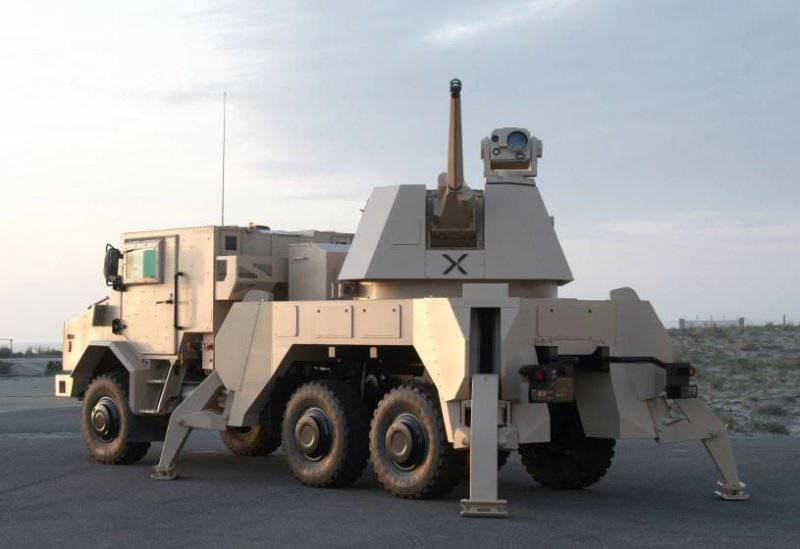
40-mm anti-aircraft installation RAPIDFire from Thales in a combat position with lowered stabilizers and an optical-electronic station on the roof of the tower
In recent years, the traditional development of anti-aircraft systems has focused more and more on advanced and, accordingly, expensive missiles, but in this article we will look at how the potential threat of a UAV made users turn back to the available anti-aircraft guns and arms directional energy.
Unmanned aerial vehicles (UAVs) have proven to be a valuable tool in modern combat. Therefore, in the past few years, some of the most shrewd users have begun to put themselves on the other side of the barricades and ask themselves: how much greater a threat can these systems of the enemy make in future conflicts?
Manufacturers quickly took advantage of this. If you look at the latest weapons catalogs, you can see a lot of ground-to-air systems that can currently boast the ability to hit UAVs, as well as more traditional jets, helicopters and ballistic missiles. However, many of these systems have not been upgraded to combat unmanned targets, but industry leaders admit that customers nevertheless intend to acquire them, since medium and large UAVs fit well with the set of targets of these systems.
Although, on the other hand, these types of UAVs are not particularly difficult targets. Even fairly large UAVs with good flight characteristics, such as the Predator and Reaper from General Atomics, fly at modest speeds of 300 nodes or so and describe relatively non-sharp turns along predictable flight paths.
Despite their small wings, the curved lines of the fuselage, the widespread use of plastics, they also can not boast of a special invisibility. Rene de Jong, director of sensory systems at Thales Nederland, said that Predator type UAVs have an effective reflection area (EPO), similar to that of a light aircraft, which makes it relatively easy to track them with existing air defense radars.
In June, 2013, at the Eurosatory exhibition in Paris, something similar was reported by a representative of the company Rafael. In support of his statement, he provided a video of the Spyder based on Python / Derby ground-to-air missile firing, the content of which makes it clear that large tactical or medium-altitude UAVs with a long flight duration are fairly simple targets.
In addition, from the perspective of aircraft protection systems, it is obvious that, despite the undeniable evidence of the vulnerability of medium and large UAVs, little is being done in this area to increase the UAV’s chances of survival in combat airspace.
As a result, medium and large UAVs fit well into the capabilities of many existing ground-to-air missiles.
However, at the lower echelon, the proliferation of small, cheap, tactical UAVs of a platoon or branch level imposes completely different tasks. It would seem that these small systems operating at low speeds and altitudes are easier to knock down, but by their nature they have smaller EPO, infrared and acoustic signatures and are therefore harder to detect and harder to hit.
Like rocket makers, many radar developers have added UAVs to the list of types of targets that they can track, although few ground-based air defense systems actually have great capabilities against small UAVs. Although the situation here is beginning to change, as users want to be able to track their tactical UAVs and scan enemy UAVs using tactical radar.
In the USA, in particular, they studied the potential of various radar systems by conducting various activities, such as last year’s Black Dart (Black Dart) exercises. John Jadik, vice president of weapon systems and sensors at Northrop Grumman, reported on the successful trials of these highly adaptive multi-mission radar HAMMR radar based on an active fighter-mounted electronic antenna array.
De Jong said that Thales Nederland conducted extensive tests to test the capabilities of its radar systems against small, tactical UAVs, using unplanned targets such as remote controlled aircraft and military systems like toys with pre-measured control cameras at various distances. EPO. He said that detecting targets with 0,1 m2 EPO is not a problem, the real task is to identify them and separate them from birds, interference and other reflected signals, which are usually filtered by radars.
The Thales Nederland solution used in Squire tactical radar and its other systems is to use multipath techniques with biaxial accumulated beams and active scanning arrays to achieve the required high Doppler resolution and time needed for target illumination. Therefore, it will be quite difficult to remake or upgrade existing radars for this role.
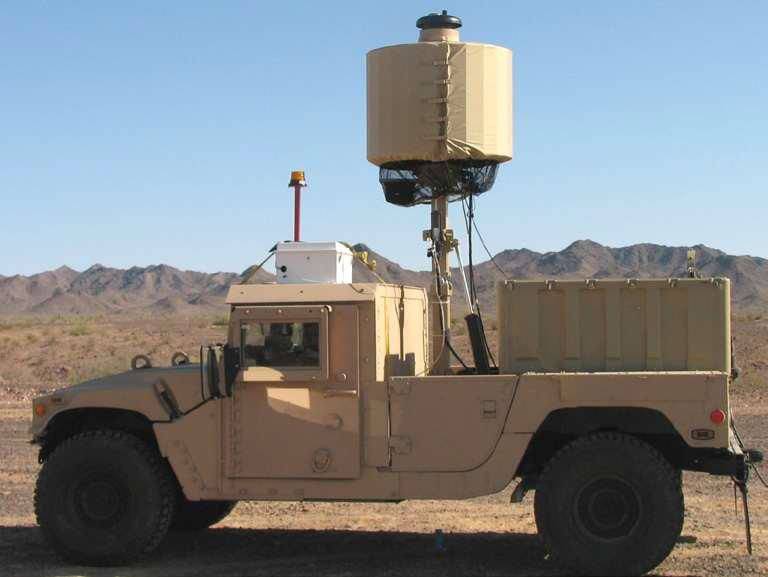
Layout of the Vigilant Falcon UAV Detection, Identification and Defeat System from SRC
Electronic suppression
Meanwhile, the American company SRC in October 2012 at the AUSA conference in Washington showed the layout of its product, called the Vigilant Falcon. The company declined to provide details of the system, but noted that it is based on existing systems developed by SRC, which are able to detect and track potential threats, provide "visual and electronic identification and provide opportunities for electronic suppression."
The collage presented by SRC shows a radar based on HMMWV (which, as explained in the company, is optimized for slow-moving low-flying targets (with low Doppler signature)), with an optoelectronic camera and an unnamed antenna on top. The SRC specification states that the Vigilant Falcon “analyzes the signatures and kinematics of the UAV for its classification and identification and sends a signal to an optoelectronic / infrared camera for more accurate identification. The camera also provides highly accurate azimuth and elevation data. ” Target identification, apparently, also contributes to the radio-electronic support system, based on the "unique radio frequency radiation" of the UAV.
SRC states that the system offers “several modes of suppression,” but they do not specify which, simply by referring to the EW nekinetic lesion. Presumably this is a form of jamming of communication channels or UAV controls.
Of course, there are more traditional ways of dealing with a UAV, but if the various signatures of the aircraft are strong enough to capture a ground-to-air missile, then the low cost of a small UAV means that, formally, it may not be worthwhile to spend even a relatively cheap rocket launched from the shoulder to destroy it, although depriving the enemy of the information collected by the UAV can save more than one life.
Anti-aircraft gun installations, however, can give an answer, although many “western” operators have long deprived themselves of most of the self-propelled and towed anti-aircraft guns and now they need to be restored again. As a French soldier said recently: “Some of these UAVs are like birds. What they really need is a big rifle - like a game hunter. ”
The Soviet-era armed forces are in a better position, since their doctrinal focus on high-speed mobile guns allowed them to retain a large number of systems such as, for example, Shilka ZSU-23-4 - with a radar and four-barreled 23-mm 2A7 guns, - and systems similar to it, standing on arms of armies worldwide. Arms of this type are especially popular in Africa, where such systems with small vertical guidance angles are used against ground targets, having a devastating effect.
These multitasking capabilities can be the key to returning guns to air defense for other operators. In an era of limited budgets and a nonexistent threat from any air attack, not to mention tactical UAVs, it is unlikely that the finance ministries of various countries will support the acquisition of new special UAV combat tools for their armies.
The emergence of ammunition with increasingly intelligent fuses and a given effect allows you to add the ability to deal with aircraft and UAVs in existing weapons systems. In particular, the Cased Telescoped Cannon and Ammunition (CTCA) 40-mm system of telescopic ammunition from the British-French company CTA International (CTAI) seems to offer great potential. CTAI is working on a new air explosive ordnance known as A3B or AA-AB (Anti-Air Air Burst - against air targets, air explosions) to combat air targets.
In fact, the impact of a new ammunition on the usually rather fragile UAVs is similar to that of a shotgun. It is also effective against helicopters, jets, ballistic missiles and even unguided rockets and mortar rounds or high-speed anti-radar missiles.
On the path of the aircraft, each projectile produces a cloud of more than 200 tungsten balls, and when performing anti-aircraft tasks the 40-mm gun has a maximum range of 4 km to a height of 2500 m (8202 feet). When firing air targets, a cannon can usually shoot a line up to AA-AB 10 projectiles.
The CTCA armament complex was approved for the British Special Vehicle Vehicle Scout program and the British Warrior Capability Sustainment Program, and was also chosen as the preferred option for the EBRC French reconnaissance vehicle (Engin Blinde de Reconnaissance et de Combat). These machines can carry new anti-aircraft projectiles, but limited angles of raising the barrels of guns will not allow you to effectively deal with UAVs at short distances. However, this is not true for all towers. For example, Nexter’s T40 tower offers a very large vertical angle of up to + 45 degrees to perform exactly the same kind of tasks.
Answer RAPIDFire
For several years, Thales also played with the idea of developing a special anti-aircraft application for CTCA and showed its CTCA tower mounted on a BMP type body at the Paris Air Show in 2011.
Presentation of the RAPIDFire anti-aircraft system at an air show in Paris with my subtitles
A little later this year, the company showed the RAPIDFire anti-aircraft installation at Eurosatory. Laurent Duport, head of business development strategy at Thales’s modern weapons department, said it was specifically designed to combat UAVs, but also offers standard capabilities for dealing with air and ground targets.
In essence, the CTCA turret combined with the Starstreak rocket launchers, is mounted on an all-terrain chassis - in common with the CAESAR 155-mm howitzer chassis. Duport said that the system presented at Eurosatory is just a demonstration model and that this weapon system can be installed on any other suitable vehicle.
He declined to say whether the company has any orders for this system, but it is clear that it is being closely watched in the countries of the Middle East. Saudi Arabia takes the threat of a UAV quite seriously and, since it is the operator of CAESAR howitzers, there have been suggestions that RAPIDFire systems could be purchased by this country.
More specifically, several systems are designed for the Saudi Guard as part of an integrated, low-altitude, short-range air defense system that includes roughly 87 RAPIDFire complexes with other elements, including 49 multi-task combat vehicles Multi-Purpose Combat Vehicles (MPCV) armed with MBDA Mistral self-guided missiles.
In the meantime, the RAPIDFire tests for air defense tasks continue. Duport reported that Thales had conducted successful fire tests on target models in 2012, but CTAI is still developing A3B / AA-AB in order to qualify and certify the anti-aircraft complex for the army by the end of this year.
Thales Air Defense promotes RAPIDFire as part of a complete anti-aircraft complex, which also includes a Thales CONTROL Master 60 surveillance radar and a CONTROLView control module, which can typically monitor up to six RAPIDFire installations.
In this case, guns can be induced using radar or an aiming optical-electronic system installed on the roof of the RAPIDFire turret.
Up to six Starstreak launch containers also manufactured by Thales Air Defense can be installed on RAPIDFire. These missiles reach speeds of Mach number 3 and have a maximum range of about 7 km. This missile with an increased range of defeat offers more opportunities in the fight against large aircraft, which allows the commander of the complex to give a scalable response.
According to Thales Air Defense, the 40-mm complex of RAPIDFire leads to a battle for 60 seconds and has the potential of firing in motion. The latter is particularly important for systems to counter tactical and small UAVs, since it is with them that soldiers are most likely to meet in combat conditions.
Potential of unguided missiles, artillery projectiles and mines interception systems (C-RAM)
Another self-propelled anti-aircraft installation - Oerlikon Skyranger from Rheinmetall Air Defense. It was shown on a General Dynamics European Land Systems Piranha MOWAG.
It uses the same 35 / 1000 gun as in the Skyshield stationary complex, designed to intercept unguided missiles, artillery shells and mines. In this complex, the gun is installed in a remote-controlled turret.
What is very important to combat UAVs, Skyshield and broadly Skyranger, can shoot 35-mm anti-aircraft ammunition with an intelligent fuse AHEAD (Advanced Hit Efficiency and Destruction - improved hitting efficiency and destruction). Recently, this ammunition received a new designation KETZ (Programmable Fuze Ammunition / Kinetic Energy Time Fuze - ammunition with a programmable fuse / percussion fuse with a delay), but it remains essentially the same system as the proven AHEAD developed by RWM Schweiz.
The German armed forces received their first Oerlikon Skyshield complex (local designation Mantis) from Rheinmetall Air Defense in June 2012, and the second complex arrived by the end of that year.
The original 35-mm PMD062 AHEAD ammunition is optimized for traditional air defense tasks and has been sold to a number of countries for use with an upgraded towed GDF coaxial anti-aircraft 35-mm unit. The PMD062 projectile contains 152 cylindrical tungsten striking elements each weighing 3,3 grams. For optimal impact on the target, they are released right in front of the target with a small expelling charge of 0,9 grams.
The gun can also fire a PMD330 projectile, optimized for firing at ground targets, against dismounted personnel and closed defenses. He throws out 407 of small cylindrical tungsten damaging elements weighing 1,24 grams.
The newest version of the projectile has even more damaging elements of a smaller size; its action is comparable to the defeat of the fraction, which is best suited to combat UAVs. PMD375 throws out 860 cylindrical tungsten elements each weighing an 0,64 gram. As a result, a dense cloud of cylindrical fragments is formed, which is likely to hit a small target.
All of these 35-mm ammunition are compatible with the “Insensitive Ammunition Regulations” and have a muzzle velocity of 1050 m / s and a self-destruct time of about 8,2 seconds.
The fuse of each charge is programmed when leaving the muzzle. At this moment, an undermining point is selected from the X-band search-tracking Doppler radar data of the multisensory tracking unit as part of the weapons control system.
Typical queues for normal fast targets consist of approximately 24 shots, but the number of shots may vary depending on the type of target. Slow-flying UAVs do not perform sharp anti-aircraft maneuvers, in which case much less ammunition is required.
The Skyshield C-RAM complex can also be installed on the 6х6 chassis in order to gain mobility in the fight against unguided missiles, artillery shells, mines and aircraft.
Chinese industry has recently begun promoting a similar 35-mm system based on the same Oerlikon base project.
The twin 35-mm self-propelled anti-aircraft gun CS / SA1 from North Industries Corporation (NORINCO) was installed on the high-traffic 6x6 high-traffic chassis (the previous complex was mounted on a trailer) and integrated with the AF902A OMS. Guns can shoot 35-mm programmable prefragmented projectiles with a PTFP remote fuse (Programmable Time Fuze Pre-Fragmented).
According to the company NORINCO, the twin 35-mm ZSU CS / SA1 is optimized for the destruction of UAVs and ballistic missiles using PTFP ammunition that is very similar to the AHEAD AHEAD ammunition from Rheinmetall Air Defense RWS Schweiz. The presentation material shown in China in support of this system is identical to materials produced by Rheinmetall Air Defense several years ago.
China was licensed to the outdated 35-mm towed anti-aircraft installation of the Oerlikon GDF series many years ago, along with first-generation ammunition. These weapons are being promoted by NORINCO and Poly Technologies under the designation Type PG99, but according to reliable sources, China has never received any technology for more modern GDF weapons or AHEAD ammunition.
Each PTFP projectile creates a cloud of more than 100 rotation-stabilized tungsten submarines for an increased impact area. Shells are programmed, passing at a speed of 1050 m / s through the winding on the muzzle of each barrel, the time of their self-destruction is 5,5 - 8 seconds.
A retrofit kit is available from Poly Technologies with which the Chinese version of the twin-coupled Swiss 35-mm GDF anti-aircraft cannon can fire enhanced PTFP ammunition. Presumably the gun was sold to at least one customer from Asia, but this information is not confirmed.
LMS AF902A is a refinement of the AF902 system installed on the trailer, which is able to control the fire of missile systems and towed guns. The new version features an air-conditioned control compartment behind the four-door enclosed cockpit and a 3-D radar installed on the roof. Tracking radar and optoelectronic station provide work in passive mode or jamming mode. The fire control system has its own auxiliary power unit and can operate continuously 12 hours.
According to the company NORINCO, the surveillance radar has a maximum detection and identification range for aircraft up to 35 km and small ballistic missiles up to 15 km. The maximum detection height at present is 6000 m (19700 feet). One MSX AF902A can usually control from two to four paired CS / SA35 1-mm anti-aircraft guns, which can be supplemented with missile systems.
In typical operation, twin guns have a 550 round-off rate of fire per minute per gun with a common 378 round of ready-made shots for each machine. They can shoot projectiles like PTFP, high-explosive incendiary (HEI) projectiles, high-explosive incendiary with tracer (HEI-T) and semi-light armor high-explosive incendiary tracer (SAPHEIT). They have the same ballistic characteristics: by the muzzle velocity of 1175 m / s and the maximum valid range of 4000 m to the height of 9800 feet.
This system can fight with some types of UAVs, but it cannot shoot in motion and therefore does not have the mobility necessary for maneuverable units.
Such criticisms can be attributed to the LD2000 ground-based melee complex, which NORINCO is positioning as a means to protect valuable objects, such as command centers, rocket launchers and strategic objects.
Typical declared targets include UAVs, ballistic missiles, airplanes, helicopters, and precision-guided munitions at speeds of no more than 2's Mach numbers, within a radius of 3,5 km, but having a small EPO 0,1 м2.
The two key elements of the LD2000 melee system are the combat vehicle (CV) on the chassis of the 8 × 8 truck and reconnaissance and control vehicle (ICV) based on the 6 × 6 truck, and the complex also includes support vehicles.
The combat vehicle has an improved version of the seven-barreled naval 30-mm Gatling Type 730В cannon with cyclic rate of fire up to 4200 shots / min and 1000 ammunition ready-made shots.
The gun is aimed at the target using a J-band tracking radar and a tele / infrared optoelectronic tracking system; it is claimed that the 30-mm gun has an effective range of 2,5 km. One control machine can control up to six anti-aircraft installations, as well as provide a communication channel with a common air defense system.
While the LD2000 system can destroy large UAVs, it probably cannot successfully hit many of the smaller UAVs and is not suitable for air defense combat units.
Adhering to the trend of reorienting melee systems, the ship complex Raytheon Phalanx took the expected step ashore after the Centurion C-RAM system in 2005. Raytheon installed the Gatling 20-mm gun and sensor kit on a low-bed cargo trailer to cover transport convoys.
This system has an impressive 3000 shots / min rate of fire, which will probably make it very effective to fight UAVs, but so far no army has bought this system.
Lasers in the fight against UAVs
If rocket or gun air defense may be unsuitable, too expensive or ineffective against a UAV, a directed energy weapon can provide in this case another option.
Among other advantages, laser systems include the following: theoretically, they need a short supply chain, since there is no need to recharge them, and they can work as long as energy is supplied. The use of a laser against the "deserted" UAV also removes the ethical and legal issues of the use of laser blinding weapons.
Several systems are currently starting to demonstrate their potential.
During the initial tests in 2009 of the Laser Avenger laser system installed at Boeing, the combined use of combat lasers to help traditional weapons systems destroy UAVs beyond traditional combat capabilities was tested. During the tests, the non-destructive infrared solid-state laser Laser Avenger was used to warm up a small UAV that has a very low thermal signature to such a level that it was able to be captured to escort and destroy the FIM-92 Stinger rocket.
As for more active kinetic systems, here the Swiss company Rheinmetall Air Defense and the German Rheinmetall Defense have teamed up to develop a high-power laser weapon HPLW, originally designed to intercept unguided missiles, artillery shells and mines, but in the long term to fight also with UAVs.
A typical HPLW system will be placed in a container in a remotely controlled Rheinmetall Air Defense turret similar to that of the Skyshield 35 mm AHEAD complex, but equipped with laser beam guides.
In the 2010 year, ground tests were successfully conducted. HPLW kilowatt laser destroyed a mortar shot. And then in 2011, a demonstration firing of the 5 kW system, connected to the Skyguard computer control system, which is commonly used to control paired 35-mm anti-aircraft guns, took place in Switzerland. Even with such a relatively small capacity, this system successfully destroyed the UAV. In 2016, a system with a power of 20 kW with a greater range of action with its possible deployment in 2018 can be tested.
However, if the HPLW system in its current configuration is able to neutralize the UAV, however, it is still too cumbersome to use by mobile units.
Raytheon also tested lasers on proven installations, adding lasers to the Phalanx CIWS complex. Like the Rheinmetall system, the original task of the complex was to destroy mortar shots, but in the middle of 2010, Raytheon announced that a small UAV was successfully set on fire during testing off the coast of California organized by the NIC of surface weapons systems.
Laser test video off the coast of California
The fleet originally planned to use lasers to dazzle the sensory stations onboard the UAV with relatively low-power lasers, but it is clear that physical destruction of the device is currently more interesting.
Although currently the Phalanx complex is quite large, the laser version should be lighter and smaller in order to be able to be installed on a highly mobile platform.
However, the main obstacles to the use of lasers — delineating and controlling overloaded airspace and avoiding their losses at long ranges — are a daunting problem, especially on a modern battlefield.
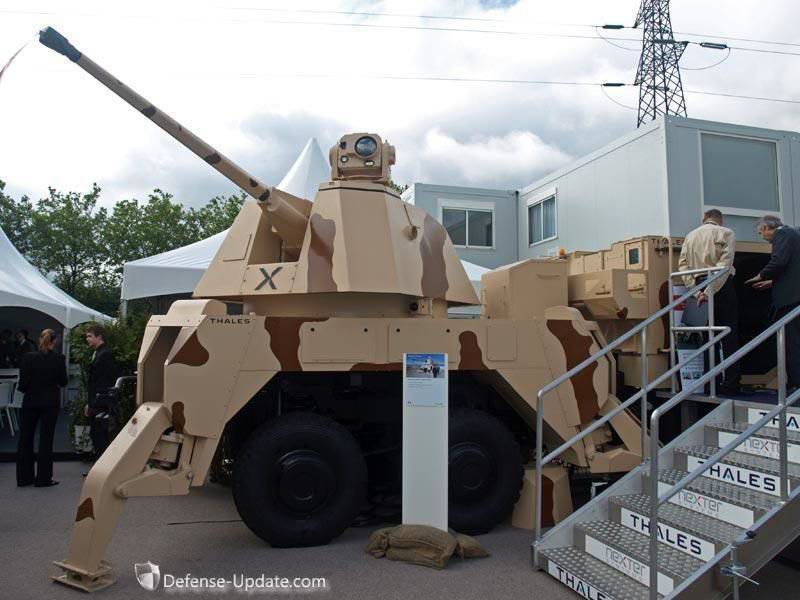
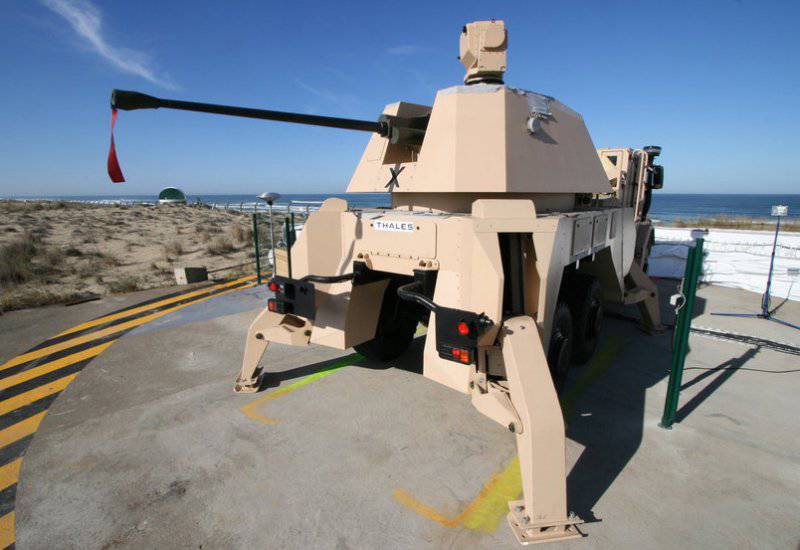
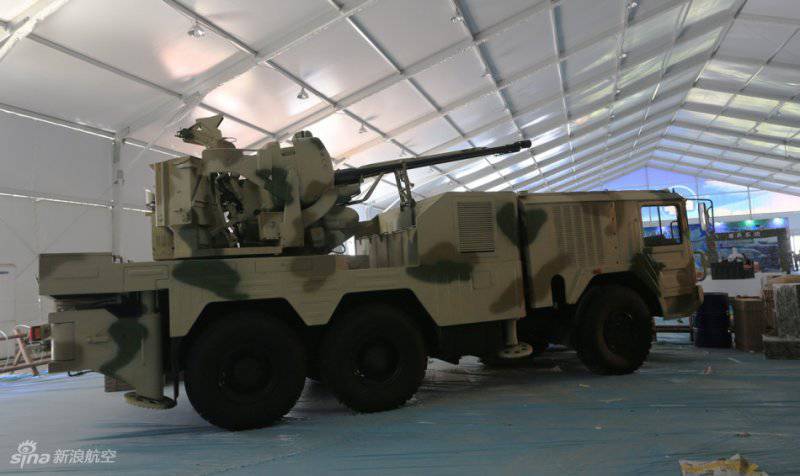
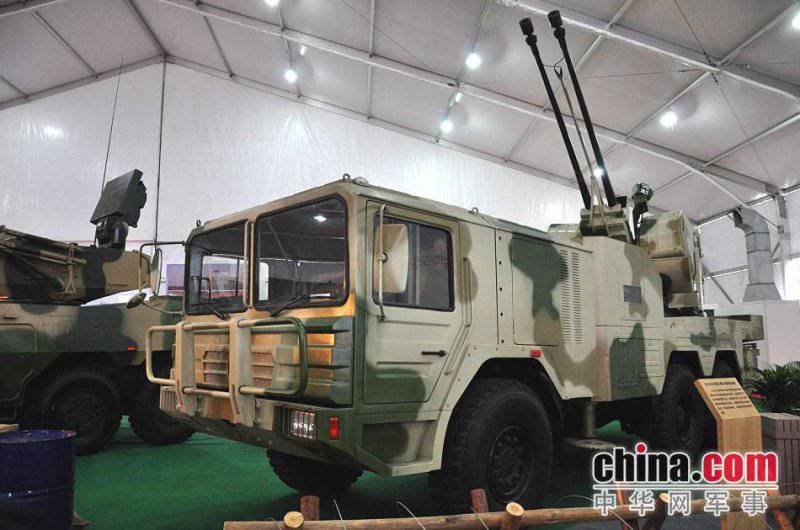
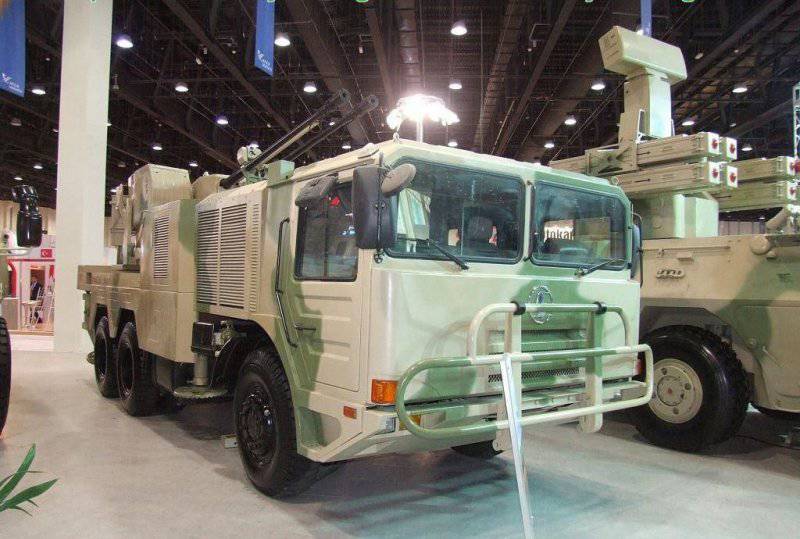
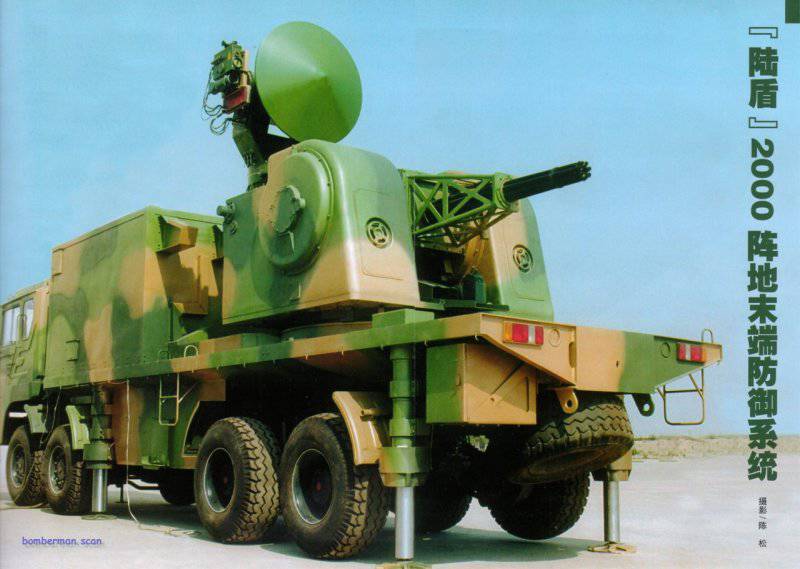
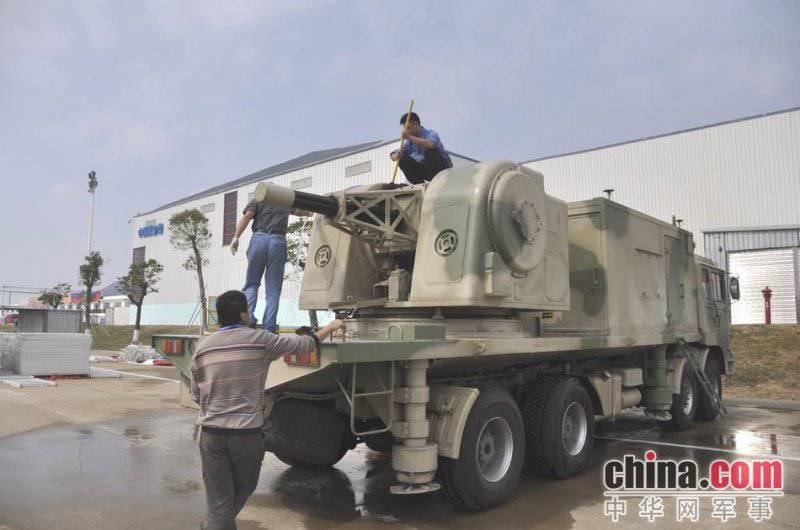

Information